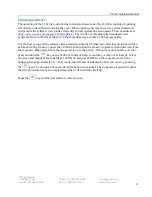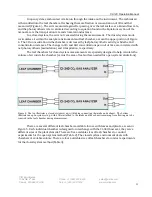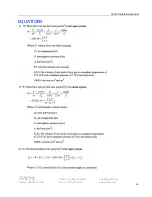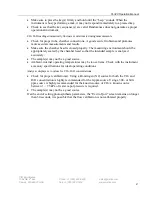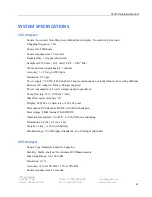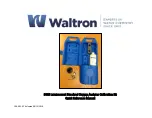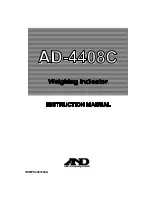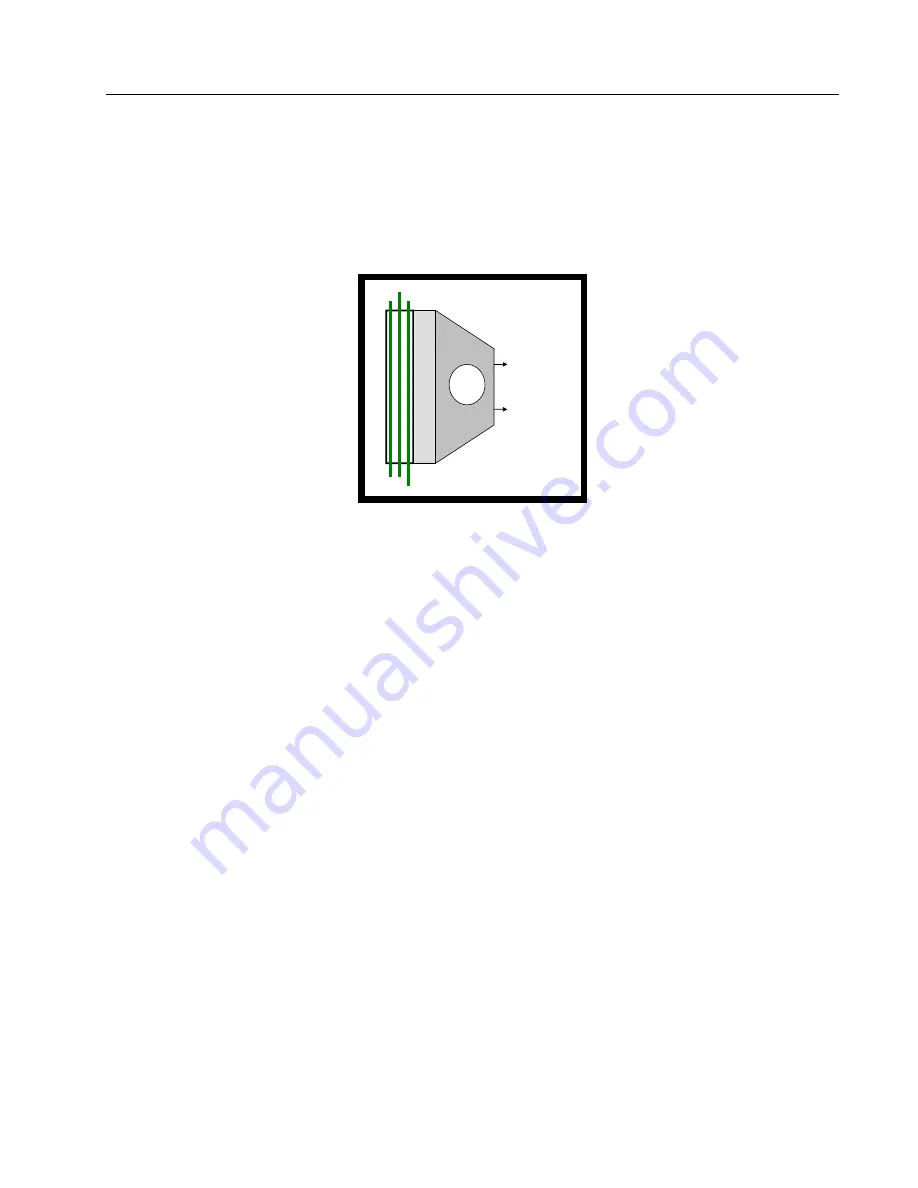
CI-340 Operation Manual
CID Bio-Science
1554 NE 3
rd
Ave
Camas, WA 98607, USA
Phone: +1 (360) 833-8835
Fax: +1 (360) 833-1914
sales@cid-inc.com
www.cid-inc.com
34
Estimating Leaf Area:
If the window of the chamber is fully covered by plant leaf/needle then enter the designated leaf area for that chamber in
the CI-340. If the window is not fully covered, estimate the percentage that is covered and enter that leaf area into the
CI-340. If the branch of the plant is inside the chamber (LC-4 or LC-5) the branch does not usually need to be included
in the estimated leaf area. If using individual needles and LC-1, 2, or LC-3 make sure that the needles extends across the
leaf chamber and is sealed on both sides. Do not let the needle/leaf touch the bottom of the chamber as this will disrupt
the circulation of air in the chamber.
To CI-340
The image above illustrates three needles extending all the way across a narrow rectangle leaf chamber. The leaf area
will need to be estimated visually by determining the percent of the window that is covered by the needles (green area).
In the example above, the three needles cover about half (50%) of the window on the upper surface of the leaf chamber.
Next, apply this percentage to the size of the entire window area (6.5 cm
2
). The leaf area entered into the CI-340 should
be approximately 3.25 cm
2
.
Selecting the right chamber depends on the type of plant you are dealing with. If you would like to describe it to me,
together we can determine which would be the best leaf chamber for your research needs.
Calibrating
As components age and equipment undergoes changes in temperature or sustains mechanical
stress, critical performance gradually degrades. This process is called drift. When this happens, test
results become unreliable and design or production quality suffers. Although drift cannot be
eliminated, it can be detected and contained through the process of routine calibration. Calibration
serves to standardize equipment by determining the deviation from a standard, so as to set correction
factors precisely. Calibration increases production yields, optimizes resources, assures consistency
and ensures readings are compatible with those made elsewhere.
There are several important terms to be considered when understanding both why calibration
is necessary and the difference between just data and good, quality, (reproducible) data. Many terms
are closely linked, such as calibration and traceability.
Summary of Contents for CI-340
Page 3: ......


